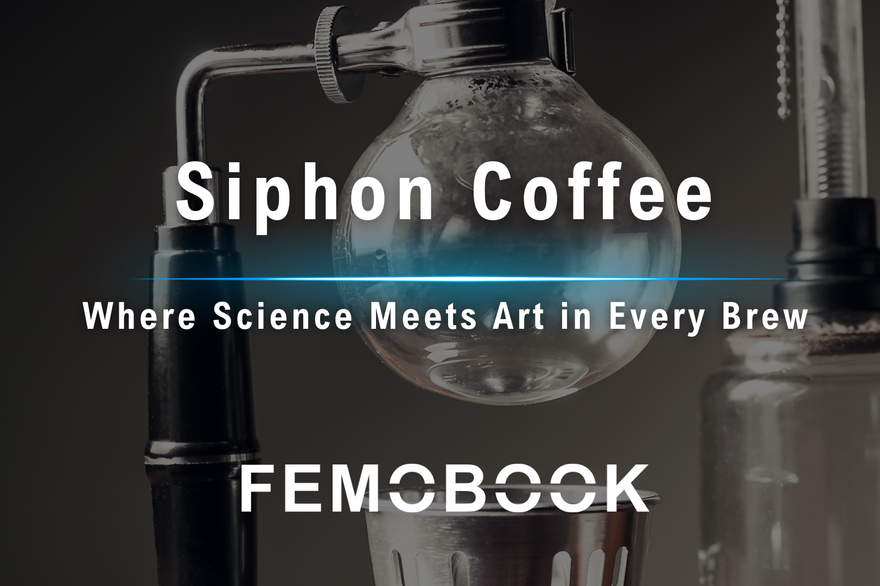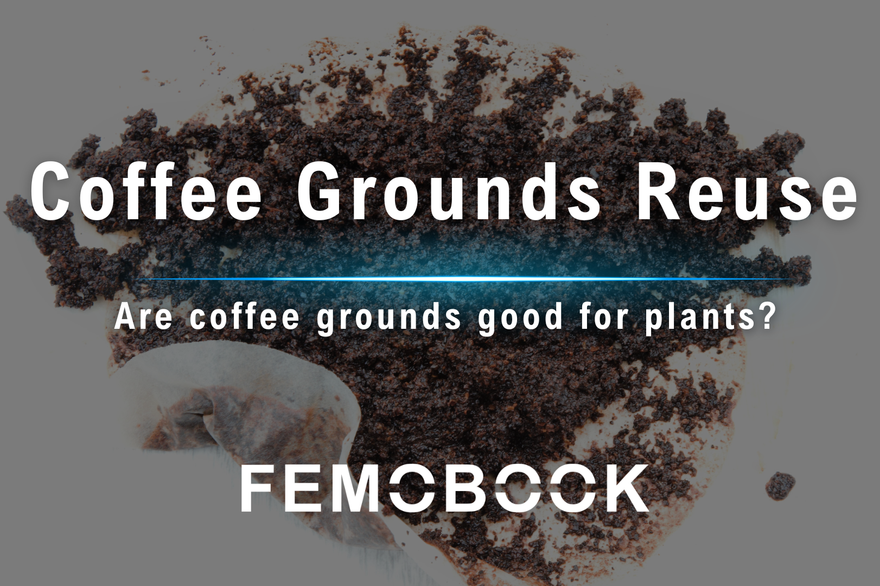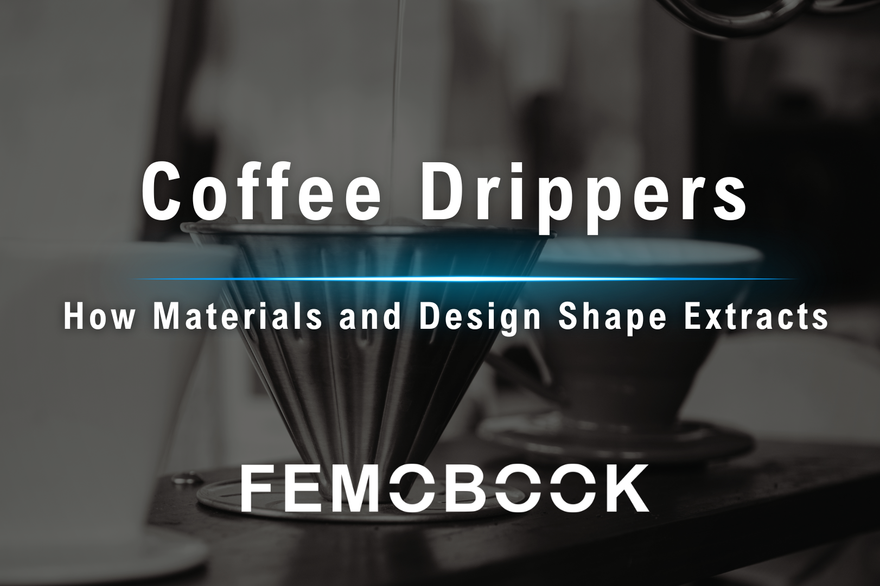
Coffee cupping is the industry’s standardized way to evaluate coffee beans. From grind to pour to slurp, each step follows strict rules so aroma, flavor, acidity, and finish can be compared on the same footing. This guide walks you through the cupping workflow, explains the scoring attributes, shows how professional protocols safeguard coffee quality, and covers how to do cupping at home with simple gear.
What Is Coffee Cupping?
Coffee cupping evaluates green coffee and roast performance under standardized conditions. The process is simple: grind fresh coffee, pour water at a set ratio and temperature, taste methodically, and log your assessment.
Because many brewing variables can skew flavor, it’s hard to judge a coffee fairly without controls. To make comparisons fair, every sample is prepared under the same conditions so the bean and the roast—not the brewing—stand out. For that reason, the Specialty Coffee Association of America (SCAA) established a standardized cupping protocol that holds non-coffee variables constant and evaluates each cup under one set of rules. (SCAA has since merged with the Specialty Coffee Association of Europe to form today’s Specialty Coffee Association, SCA.)
Coffee cupping is carried out under fixed, standardized conditions, and the evaluation follows a defined set of attributes. Today, the industry relies on two SCA-maintained frameworks: the classic Coffee Cupping Form and the newer Coffee Value Assessment (CVA).
Coffee tasting is inherently subjective—two people can describe the same cup very differently. Standardized protocols make results comparable by scoring defined attributes such as aroma, flavor, aftertaste, acidity, and uniformity.
The classic SCA cupping form also served as the benchmark for Specialty Coffee: lots scoring 80+ were usually classified as specialty, while those below 80 were considered commercial grade.
By contrast, the newer CVA emphasizes a more holistic record of value and documentation; it does not rely on a single composite score as the sole basis for decisions.
Coffee Cupping Scoring Sheets and Criteria
Coffee Cupping Form
On the SCA cupping form, quality is evaluated across multiple attributes— fragrance/aroma, flavor, aftertaste, and more. With the exception of defects (which subtract points), all other attributes are added up. Most attributes are scored from 6.00 to 10.00 in 0.25-point increments, while uniformity, clean cup, and sweetness are recorded per cup as 0 or 2.
Different cuppers may apply slightly different internal scales, so calibration is essential for consistency.
Using SCA’s quality descriptors as a guide, a score around 7.00 indicates origin-forward, clearly positive character, while scores approaching 10.00 indicate exceptional quality.
• 6 = Good
• 7 = Very Good
• 8 = Excellent
• 9 = Outstanding
Coffee Value Assessment
The newer SCA Coffee Value Assessment is available in multiple languages from the SCA website. It structures evaluation across three components:
-
Physical Assessment (appearance and defects of green/roast coffee)
-
Descriptive Assessment (objective sensory descriptors)
-
Affective Assessment (the cupper’s hedonic preference)
In the Descriptive Form, attributes are rated on a 0–15 intensity scale; in the Affective Form, preferences are marked on a 1–9 scale. Defects that were previously considered alongside flavor on the classic cupping form are now documented in the Physical Form. The CVA’s goal is to capture coffee’s value across dimensions, rather than reduce it to a single composite score.


** Note: The Coffee Value Assessment materials referenced above are drawn from publicly available resources provided by the Specialty Coffee Association (SCA). They are cited here solely for the purpose of explaining coffee cupping and sensory evaluation. For the original materials and copyright information, please see the SCA website: https://sca.coffee/value-assessment
While the legacy cupping form and the CVA Descriptive Form use different categories and scales, they overlap on several core sensory attributes:
-
Fragrance/Aroma (dry/wet)
-
Flavor
-
Aftertaste
-
Acidity
-
Sweetness
Attributes unique to the classic form:
-
Body
-
Uniformity
-
Balance
-
Clean Cup
-
Overall
-
Defects
Attribute unique to the CVA framework:
-
Mouthfeel (a refinement and extension of the classic notion of “body”)
In the next sections, we’ll explain what each attribute means in coffee cupping.
Coffee Cupping Attributes
Fragrance (Dry) / Aroma (Wet)
Fragrance is the smell of the dry grounds—typically assessed within minutes of grinding by sniffing the coffee in the bowl. Aroma is the scent released once the grounds meet hot water and is likewise evaluated by smelling at the cup.
Flavour
Flavor is the coffee’s overall taste experience, combining the basic tastes (sweet, sour, bitter, etc.) with the retronasal aromas perceived as you swallow.
To help tasters describe coffee consistently, SCAA released the first Coffee Taster’s Flavor Wheel in 1995, creating a shared vocabulary for notes such as fruity, floral, sweet, and nutty. The version most widely used today is the 2016 update developed by the Specialty Coffee Association (SCA) in collaboration with World Coffee Research (WCR).
【Related】A Guide to Coffee Flavor Wheel
Aftertaste
Aftertaste is the flavor impression that lingers after you swallow—often noted for qualities like sweetness or overall harmony. Pleasant, lasting, positively perceived notes indicate a good aftertaste.
Acidity
Often described as brightness, acidity evaluates the character and quality of acid-driven sensations—from fresh, fruit-like sparkle to broader sourness. Positive acidity adds liveliness and structure to the cup.
Body
Body describes the coffee’s tactile feel in the mouth—its weight and texture—ranging from light to heavy. When scoring, assess how body integrates with the other attributes.
Uniformity
Brew at least five cups per sample to check consistency across cups. Noticeable variation lowers the Uniformity score.
Balance
Balance captures how well flavor, aftertaste, acidity, and body come together—whether the cup feels harmonious rather than dominated by a single note.
Clean Cup
Clean Cup asks whether the coffee is free of extraneous taints from first sip through the finish—no fermenty/rotten notes, earthiness, medicinal or rubbery tones, or harsh astringency.
Sweetness
Natural sweetness—from inherent sugars and roast-derived compounds—rounds off acidity and bitterness, adding depth and dimension to the cup.
Overall
Overall is the cupper’s holistic judgment after considering aroma, flavor, aftertaste, acidity, body, balance, and cleanliness.
** Note: in the CVA framework, Overall is scored on the Affective form, separate from the 0–15 descriptive intensity ratings.
Defects
On the classic form, defects are recorded at two levels:
• Taint (minor): –2 points, typically perceived in aroma or flavor as a slight negative.
• Fault (major): –4 points, a strong negative impact that can make the coffee unpleasant to drink.
Mouthfeel
In the CVA framework, Mouthfeel replaces the “Body” label and spans a wider range of tactile impressions—beyond thickness and weight to include viscosity, smoothness, and any graininess—leading to a more precise description.
Cupping Scores
On the classic cupping sheet, individual attribute scores are summed to yield a single total for the coffee. Lots scoring 80+ have traditionally been categorized as Specialty Coffee, with further tiers distinguished by higher totals.
|
|
Scores |
Notes |
|
Specialty Coffee |
90~100 |
Outstanding |
|
85~89.99 |
Excellent |
|
|
80~84.99 |
Very Good |
|
|
Commercial Coffee |
60~79 |
- |
Cupping Standards
To keep coffee cupping as objective and consistent as possible, preparation and brewing follow a specific protocol. The SCA standardizes key variables: brew ratio, grind size, water temperature, water quality, and steep time.
Coffee-to-Water Ratio
The SCA guideline is 8.25 g of coffee per 150 ml of water (≈ 1:18 by coffee-to-water)
【Related】:Coffee-to-Water vs. Dose-to-Yield
Grind Size
Grind immediately before cupping for consistency and proper extraction. Target a particle distribution where 70–75% passes a US Standard #20 sieve (850 μm)—slightly coarser than a typical paper-filter pour-over grind.
【Related】:How Particle Size Shapes Flavor and Brewing
Water Temperature
Use water at about 93 °C (200 °F).
【Related】:The Ultimate Guide to Water Temperature for Brewing Coffee
Water Quality
Use clean, odor-free water—avoid distilled or ultra-pure water, which can hinder extraction. SCA cupping recommendations include:
-
Chlorine: none
-
Calcium hardness: 50–175 ppm as CaCO₃
-
Alkalinity: ~40–70 ppm as CaCO₃
-
pH: 6–8
Steep Time
Let the grounds steep for 3–5 minutes before breaking the crust.
Cupping Steps
1. Grind the Coffee
Grind each lot separately. Assess the dry fragrance immediately after grinding and begin pouring within 15 minutes. Before you grind, make sure the grinder is free of retained grounds from previous samples so they don’t contaminate the results.
2. Evaluate Dry Fragrance
Place the grounds in the cupping bowl and smell the dry coffee at the bowl, noting any distinct aromas. Use the Coffee Taster’s Flavor Wheel to anchor your descriptors.
3. Pour Water
Add 93 °C (200 °F) water to the bowl at the cupping ratio (8.25 g coffee per 150 ml water). Pour evenly without stirring. Start the timer immediately; at about 4:00 (within the SCA 3–5 minute window), move to the crust break and aroma evaluation.
4. Break the Crust
Because there’s no filter, a crust of grounds forms on top. At 3–5 minutes, use a spoon to break the crust with three gentle strokes, leaning in to smell the wet aroma as gases are released. Then skim the remaining floating grounds and oils with two spoons before tasting. Use the Flavor Wheel to guide your wet-aroma notes.
5. Slurp
Use a spoon to slurp coffee across your palate, drawing air so the liquid aerosols and spreads evenly in the mouth. Begin the first tasting when the cup cools to ~70 °C (about 8–10 minutes after pouring). Continue evaluating as it cools—at ~38 °C (warm) and ~21 °C (cool)—to track how flavors hold up and evolve at different temperatures.
Cupping Equipment
Grinder
A single lot is often cupped multiple times, and running several lots at once means heavy grinding. Because cupping calls for evaluating dry fragrance and pouring within 15 minutes of grinding, consider having multiple grinders or a machine that grinds quickly, cleans easily, and resists heat buildup that could affect cup quality.
Timer
Many steps are time-critical—e.g., the window from grinding to pour, and the steep time. A reliable timer keeps the protocol precise.
Cupping Bowls
Use clean bowls or mugs sized for cupping—typically 150–180 ml capacity with 75–90 mm rim diameter. Within a session, keep the vessels identical in size, shape, volume, and minimize variables.
Cupping Spoons
Used to break the crust, skim, and slurp. Have at least three spoons on hand for breaking and skimming.
Scale
Use a digital scale readable to 0.1 g to hit the cupping brew ratio consistently across cups.
Kettle
Choose a kettle with a stable, controllable flow so you can charge multiple bowls quickly and evenly.
Femobook Electric Grinder: Dial-In Precision for Coffee Cupping
Cupping starts before any water hits the grounds, so precision at the grind stage matters.
The Femobook A68 pairs a 68 mm burr set with low-RPM operation to help avoid heat buildup that could affect cup quality. Its micro-adjustment range is broad, with step down to 0.008 mm, allowing you to dial in the particle size ideal for cupping.
User-oriented features include magnetic quick-release assembly, no-recalibration disassembly, and straight-through grounds delivery, which reduces retention and makes cleaning and upkeep easier. Compact like a home grinder yet built to a professional standard, the A68 is a capable assistant for cupping workflows.








